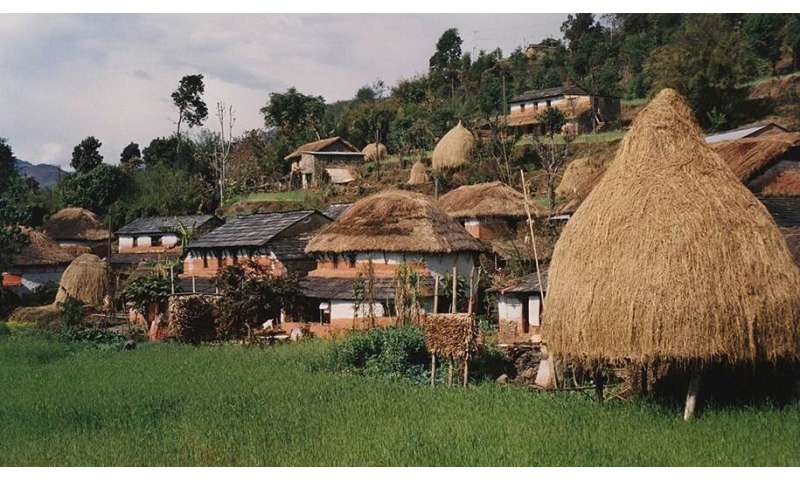
A new study conducted in Nepal highlights household hygiene as key to eliminating visceral leishmaniasis, a disfiguring and often fatal disease caused by the Leishmania donovani parasite that is transmitted by the bite of the sandfly.
Visceral leishmaniasis (VL) is the largest parasitic killer disease in the world after malaria, with 90 percent of cases found in Brazil, Ethiopia, India, Kenya, Somalia, South Sudan and Sudan. Known as kala-azar in Nepal and the Indian sub-continent, it is characterised by high fever, enlargement of spleen and liver, muscle atrophy and anaemia.
The study, published this month in PLoS, explored various factors that foster sandfly breeding, both within and outside households in the districts of Palpa, Morang and Saptari that are endemic for leishmaniasis.
Megha Raj Banjara, an author of the study and researcher at the central department of microbiology, Tribhuvan University, Kirtipur, Kathmandu, says the work focused on different kinds of housing and residential plots in these districts and their bearing on the occurrence and transmission of visceral leishmaniasis.
Banjara says the aim was to help design preventive measures against the spread of the disease by considering the material used in the structure of households and its effect on sandfly distribution and incidence of visceral leishmaniasis, something that was hardly studied.
According to Banjara, the probability of contracting leishmaniasis was greatly enhanced by sacks stored near sleeping areas, and cracks in the walls and floors of houses that are built of bamboo and daubed with animal dung. Similarly, the presence of animals and plants in the immediate environment outside households was found to attract sandflies.
“The need for having screened windows and well-structured, finished walls for vector control should be stressed at the community level,” says Banjara. “Frontline health workers should provide proper information to communities regarding VL transmission, house and environment as risk factors, and the need for protective measures.”
“Given the alarming increase of VL in previously non-endemic areas of Nepal, these findings, among others, will provide policymakers to better understand hidden transmission factors, and encourage future studies,” he adds.
Axel Kroeger, professor at the University of Freiburg’s Center for Medicine and Society, Germany, and affiliated with the Special Programme for Research and Training in Tropical Diseases, WHO, says “dark and poorly ventilated houses have been known for centuries to provide ideal conditions for the transmission of tuberculosis, but housing conditions are important for many other health issues”.
It is also well-documented that insect-transmitted diseases like malaria, lymphatic filariasis or dengue are closely related to housing conditions, particularly to open windows or doors that allow mosquitoes entry or poor ventilation that does not disturb their flight, says Kroeger.
The risk of contracting the disease is increased if the floor is damp (providing ideal conditions for their larvae), if the household is untidy (providing hiding spaces for the adult sandflies), using old bamboo timber for the walls of the house (providing food for the adult sandflies) or having a toilet outside the house, which exposes people to sandfly bites.
Source: Read Full Article
